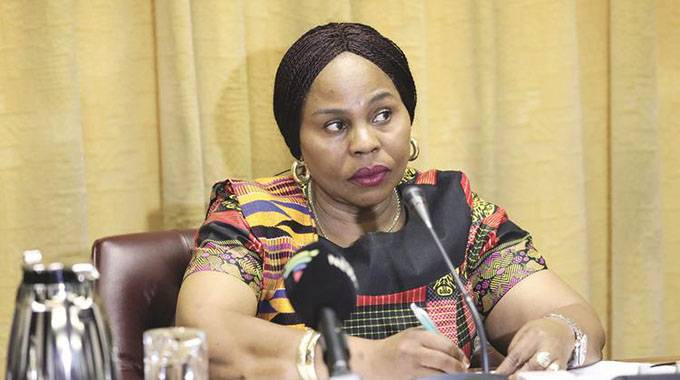Mthuli targets over $400bn in revenue . . . From an economy whose GDP is approximately $1 trillion
Finance and Economic Development Minister Professor Mthuli Ncube may have given a peek into the projected size of his 2021 national budget, which he presents on Thursday next week, after indicating that Treasury expects to mobilise around $400 billion in tax revenues over the next year or two.
Minister Mthuli revealed this in an interview on the programme, “The National Purse” with Zimpapers Group Television Network (ZTN) on Tuesday this week, while responding to a question about how the National Development Strategy (NDS1), will be funded given Zimbabwe’s limited scope for external borrowing and challenge of leakages in revenue collections.
NDS1, launched by President Mnangagwa on Monday this week, is the Government’s newest economic policy covering the period 2021-2025 and succeeds the short-term Transitional Stabilisation Programme (TSP), which runs its full course next month, the end of its two-year period.
The new policy framework seeks to grow the economy leveraging on the gains achieved under the TSP, which include a stable domestic currency and declining inflation.
Zimbabwe that has seen improved performance of both fiscal and monetary policies, has been on a charm offensive including global re-engagement drive and has invested in key enablers beginning with reform processes.
After experiencing nearly a year and half of ravaging inflation until June this year, Minister Mthuli said the Government estimated that it will be able to raise tax revenues to the tune of well over $400 billion over the next year or two, adding that this was possible in an economy whose nominal (GDP) value is now approximated around $1 trillion (Zimbabwe dollars).
Notably, almost invariably, there is a direct relationship between what a tax dependent Treasury can mobilise to fund Government programmes, and the size of the budget it can support, and so the minister may well have given hints about how much he intends to spend over the 12 months from January 2020.
The country’s national revenue authority reported that net revenue collections for the third quarter to September 2020, stood at $57 billion; representing a 27,16 percent increase above the quarterly target of $44,83 billion.
The Treasury chief did not propose a supplementary midterm budget, arguing most line ministries had not used half their votes under the 2020 budget.
There was also no adjustment to the expenditure plan despite annual inflation galloping from 5.39 percent in September 2018 to 837 percent by June 2020.
Zimbabwe’s inflation retreated by 188.5 percentage points to 471.25 percent in the 12 months to October 2020 and is seen significantly lower by the end of this year.
Announcing the 2020 national budget last year, Minister Mthuli projected that national revenue collections would reach $58,6 billion against total expenditure of $63,6 billion.
But a spike in the inflation rate due to a precipitous exchange rate slide since February 2019, means next year’s revenue target will certainly be multiple times higher than this year’s initial projection.
However, the Zimbabwe Revenue Authority has set a new revenue target of $170 billion, although this figure was never publicly pronounced by the Ministry of Finance, while Zimra would make casual references to it without much detail.
Minister Mthuli said that his ministry knew where to search for the resources needed to fund the implementation of the new policy framework, stressing that this was all about taxes and size of the tax base, which includes innovative revenue measures like the intermediated money transfer tax (IMTT).
“Domestic resource mobilisation is very critical for financing the National Development Strategy (NDS1), we have a section that focuses on it, really, it is about taxation; it is about expanding the tax base; it is about plugging the leakages.
“I must say we are not doing too badly, frankly around domestic resource mobilisation, we expect our ratios in terms of the size of the economy to be in the order of 17 percent of (Zimbabwe’s) GDP (gross domestic product).
“In terms of the revenues that we will mobilise we think that in the next year or two we will raise well over $400 billion from a $1 trillion (ZW) economy, that is quite substantial, which is where it (economy) is right now in terms of the size of GDP,” he said.
Minister Ncube said that Treasury singled out major tax heads, among them excise duty, import duty, corporate taxes, VAT, individual tax and the IMMT among planned revenue sources.
He, however, said that whether targeting SMEs, large corporates or the informal sector, the Government was acutely aware of the need not to increase the tax burden, but bring into the tax bracket more economic agents outside it.-ebusinessweekly.co.zw









